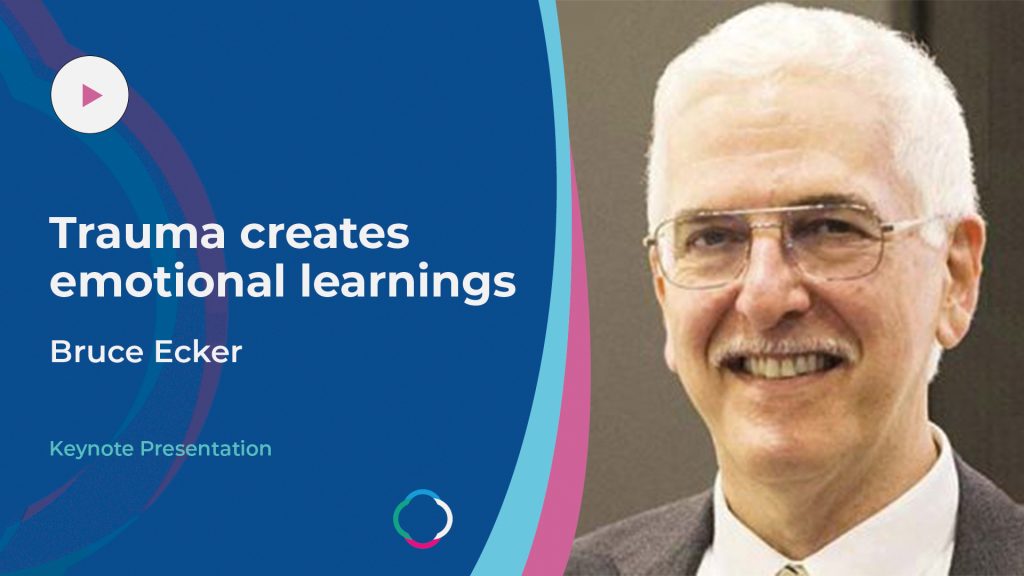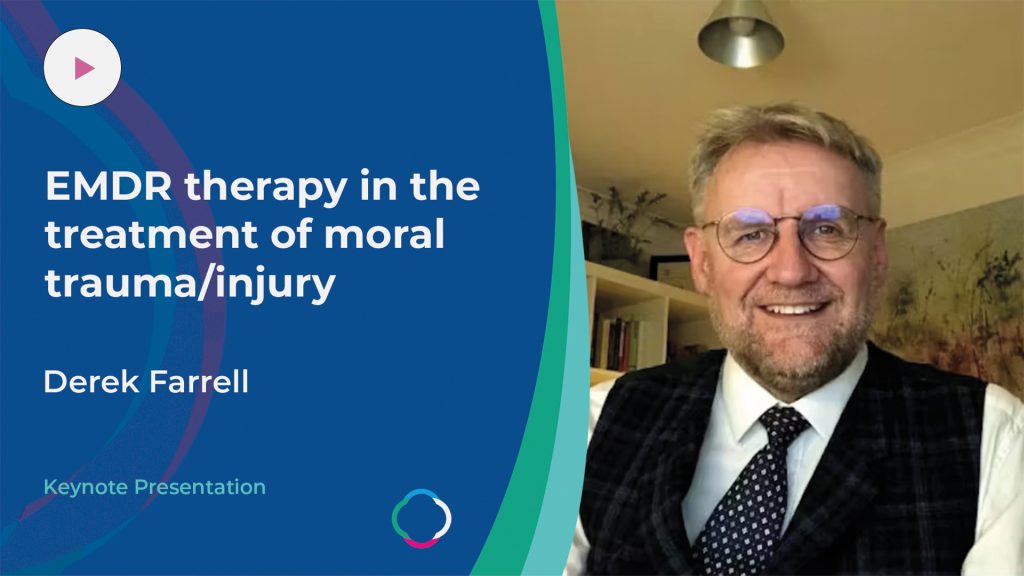Patient Fact Sheet: Post Traumatic Stress Disorder (PTSD)

What is the recommended treatment for PTSD? The 2005, NICE Guidelines for the management of PTSD recommend 8 to 12 trauma focused Cognitive Behaviour Therapy sessions, which can be increased to 20 to 30 or more sessions before determining it has been unsuccessful.
Other psychological treatment such as EMDR or exposure therapy may also be beneficial. Medication can alleviate some of the symptoms of PTSD and drugs which are licensed in the UK for PTSD include Sertraline and Paroxetine, although the NICE Guidelines also recommend several other drugs such as Mirtazepine, Venlafaxine, Risperidone and Topirimate. It appears from research that about two thirds of patients with PTSD will recover either spontaneously or with treatment over a 6-year period and a third will go on to develop a more chronic long-term illness.
How does Transcranial Magnetic Stimulation (TMS) work?
TMS stimulates the brain through magnetic fields over the scalp. The passage of the electric current in the coil induces a transient, high-intensity magnetic pulse that penetrates the scalp and painlessly reaches the neurons of the targeted cortical area. TMS changes the amount of electrical activity in the surface of the brain. This change in cortical activity is able to produce both physiological and behavioural effects. NICE considers that TMS is safe and effective in the treatment of depression.
Can TMS treat PTSD?
There have been 3 published reviews of randomised controlled studies (RCTs) of the treatment of PTSD with TMS. In 2014 Berlim reviewed 3 RCTs with 60 patients and concluded there was a clinically significant improvement in symptoms of PTSD with TMS compared to placebo and stated that TMS is a “promising new treatment for PTSD”. In 2016 Trevizol reviewed 5 RCTs with 118 patients and concluded TMS was “clinically and statistically superior” to the placebo. In 2017 Yan reviewed 11 RCTs, with a total of 160 patients, and concluded that TMS can “improve the main and related symptoms of PTSD”. In 2018 Kozel, in another RCT with 103 patients, found that treating patients with PTSD with combined TMS and psychological therapy was significantly more effective than psychological therapy alone and the benefit of this treatment was sustained for at least 6 months. In 2018, Carpenter, treated 35 patients with PTSD with TMS and found that PTSD symptoms were significantly reduced in 23/35 of the patients. Wilkes et al. (2020) retrospectively reviewed military beneficiaries who were treated with rTMS, and suggested that rTMS may produce a reduction in symptoms of both depression and PTSD. None of these TMS treatment studies for PTSD raised any concerns about the safety of the treatment.
What are the treatment results at Smart TMS?
At Smart TMS, we have data on a case series of 6 patients who we treated for PTSD with TMS. We found that the average reduction in IES-R score was 25%, and 3/6 patients (50%) went into remission after treatment. The mean IES-R score prior to treatment was 56, and the mean score after TMS was 34.
Conclusions and recommendations:
We recommend that patients should always follow the NICE Guidelines with respect to the treatment of PTSD. There is scientific evidence that TMS treatment significantly reduces PTSD symptoms in about 50% of patients. Patients with persistent and resistant PTSD should consider TMS as a possible treatment option.
Dr Leigh A Neal MB BCh FRCPsych MRCGP MD Consultant in Psychiatry and Neuromodulation Medical Director: Smart TMS














